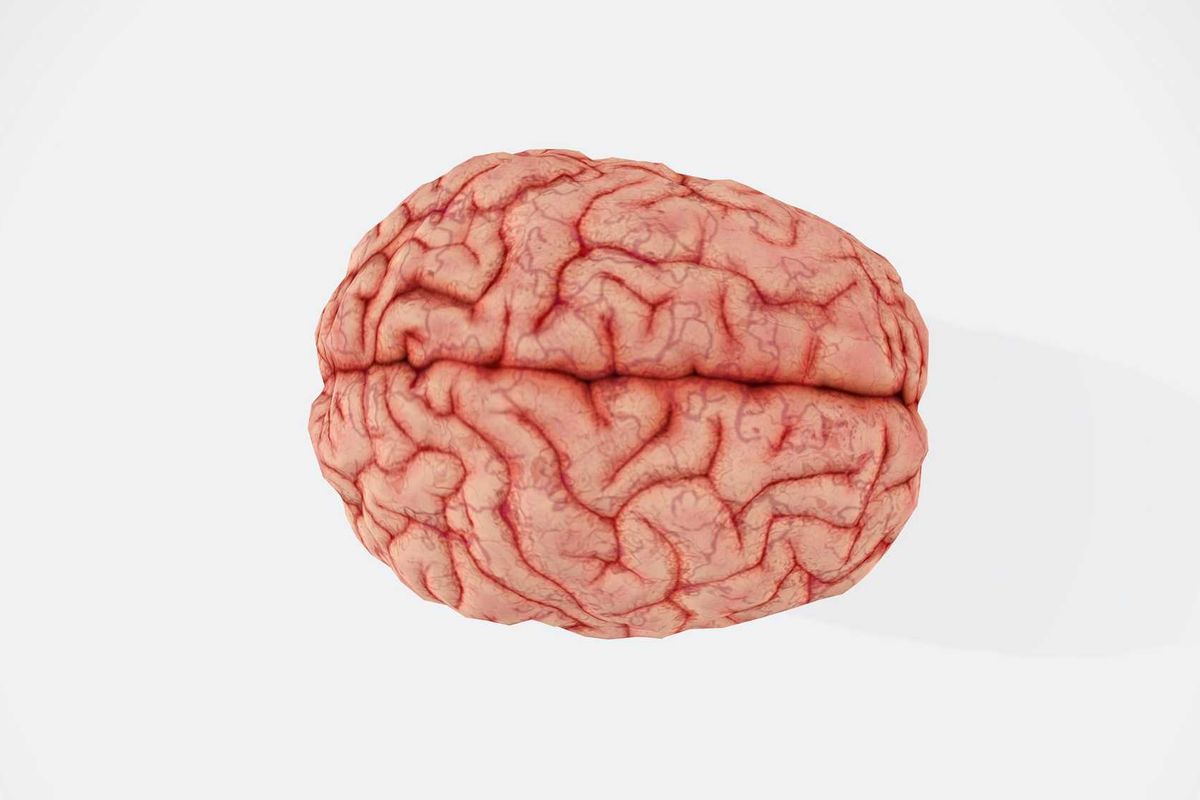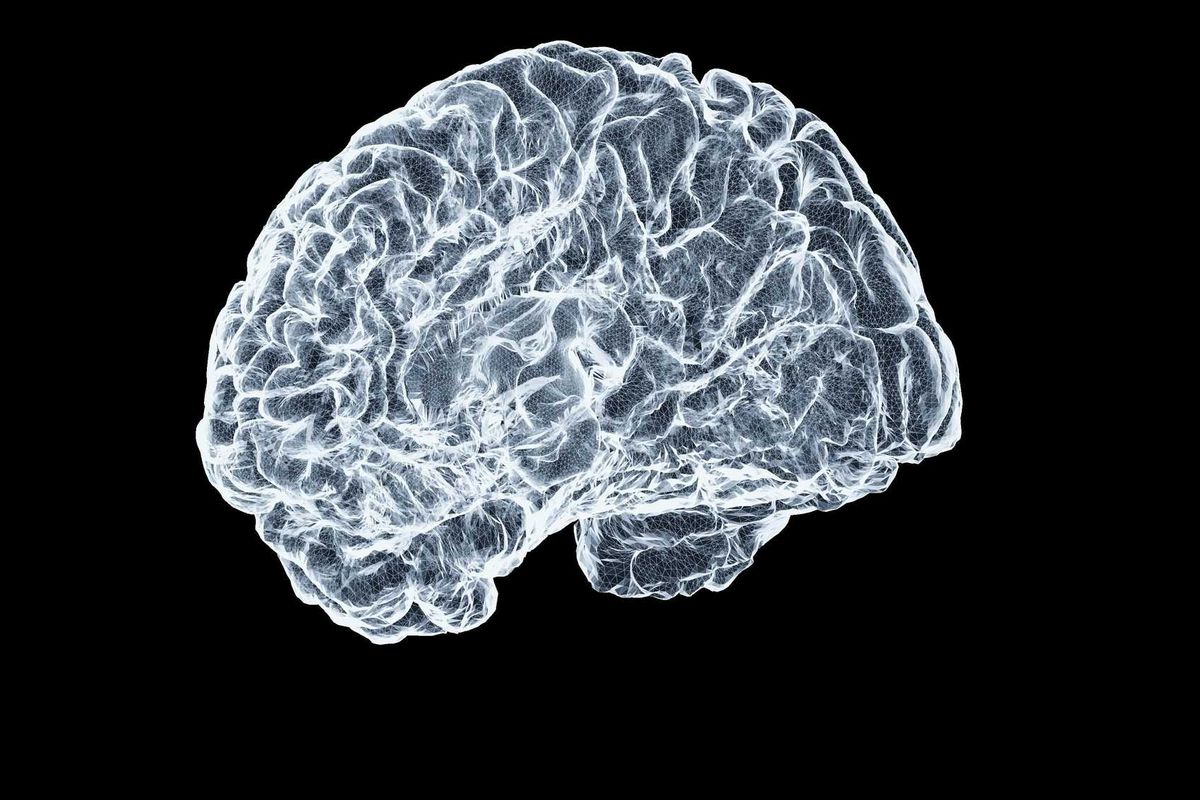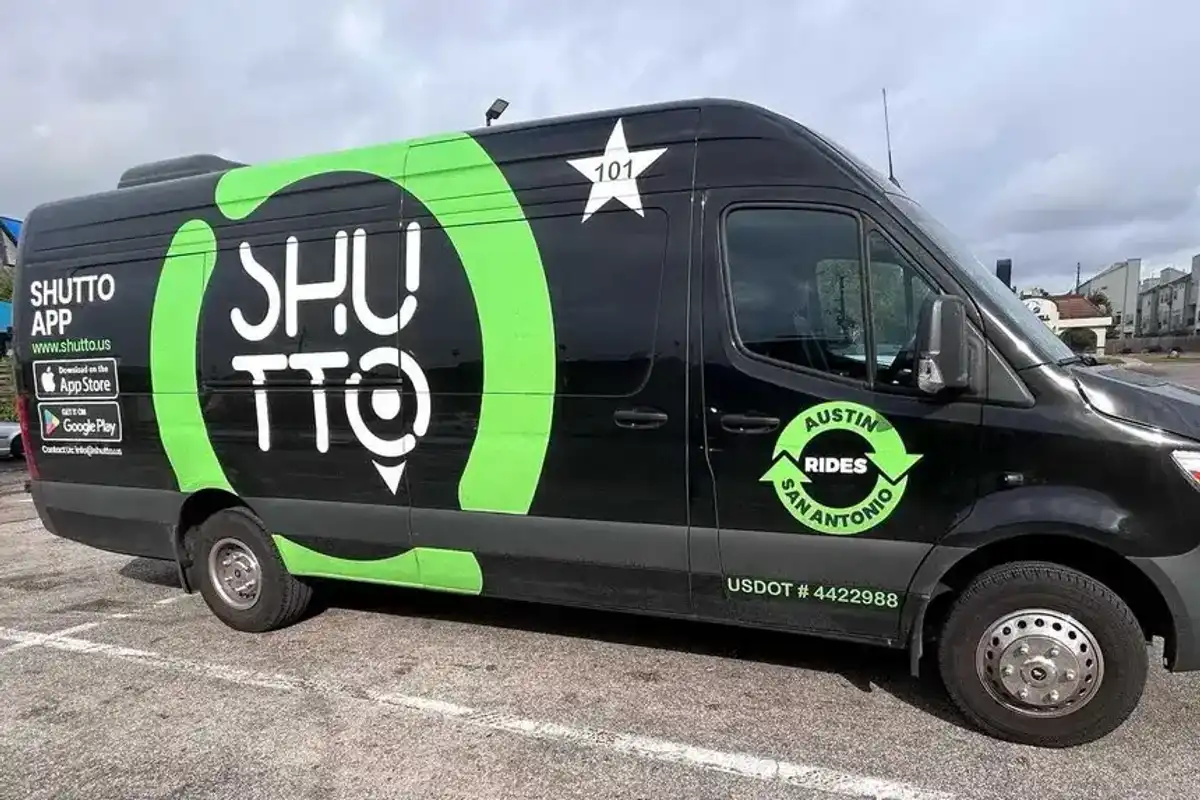Houston cashes in with some of the highest salaries in Texas for this in-demand tech job
top in tech
It really pays to be a software engineer in Houston, new data shows.
According to figures collected by the professional social network Blind, Houston appears at No. 2 on this list of the best-paying Texas cities for software engineers. Here, the average annual salary is $111,625, and the average annual compensation is $137,987.
“Long before Austin became a magnet for jobs, there was Houston. Long a hub for the aerospace, defense, and energy industries, the aptly named Space City has been a go-to place for a job in tech,” Blind says.
Among the Houston tech employers mentioned by Blind are Aspen Technology, Cisco, Intel, Microsoft, and SAP.
Software engineers, also known as software developers, create and test apps, computer software, and related technology. The U.S. Bureau of Labor Statistics identifies software developer as one of the most in-demand jobs for 2020 to 2030. The bureau projects the need for an additional 409,500 software developers in the U.S. during that period.
“In nearly every industry, we’re facing a global talent shortage,” says KMS Technology, an Atlanta-based provider of software development, testing, and consulting services. “When it comes to software development, however, the shortage is perhaps the most severe. Companies are struggling to find qualified software engineers to fill jobs, and it’s happening in record numbers.”
Therefore, software engineers continue to be among the highest-paid workers in the country.
Elsewhere it Texas, and not surprisingly given its reputation as a tech hub, Austin ranks as the best-paying city in Texas for software engineers, per Blind. There, the annual base salary for a software engineer is $128,524, and the average annual compensation package (including salary, stock options, bonuses, and other goodies) is $171,981.
“It may be no surprise that Austin is No. 1, as the state capital is home to some of the largest tech giants,” Blind says.
Blind rattles off several tech companies with a big presence there: Apple, Amazon, Dell, Facebook, Google, PayPal, Tesla, and TikTok.
The typical pay for a software engineer in Austin stands in stark contrast to the typical pay for all workers here. Estimates vary widely, but PayScale puts the average local salary at $74,000 a year.
Meanwhile, Dallas ranks third on the Blind list. In Big D, the average annual salary is $113,517, and the average annual compensation is $132,788.
Prominent tech employers in Dallas include FireEye, Match, Palo Alto Networks, and Texas Instruments, according to Blind.
The Dallas suburb of Plano comes in at No. 4. The average annual salary for a software engineer in Plano is $107,251, while the average annual compensation is $121,127.
“North Texas is experiencing strong job growth, and Plano has benefited from the boom,” Blind says.
High-profile tech employers in Plano include IBM, Intuit, Juniper Networks, Red Hat, and Splunk, according to Blind.
Rounding out the top five in Texas is San Antonio. There, the average annual salary for a software engineer is $94,626, and the average annual compensation is $105,254.
San Antonio tech employers highlighted by Blind include Fiserv, iHeartMedia, Oracle, Rackspace, and ServiceNow.
------
This article originally ran on CultureMap.





